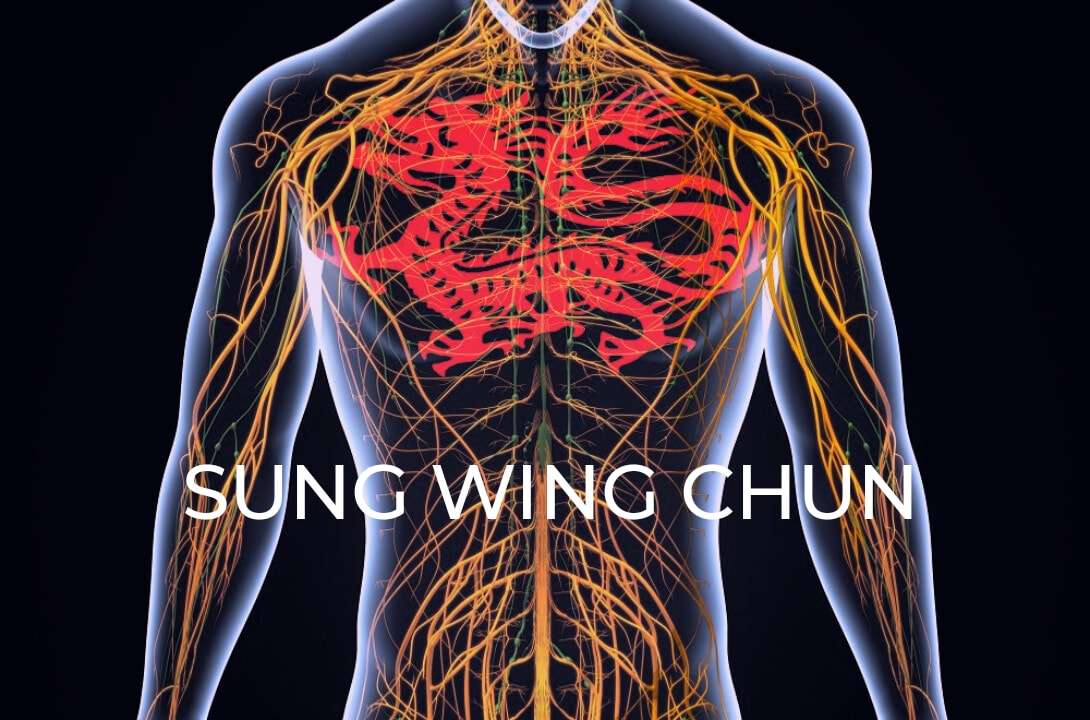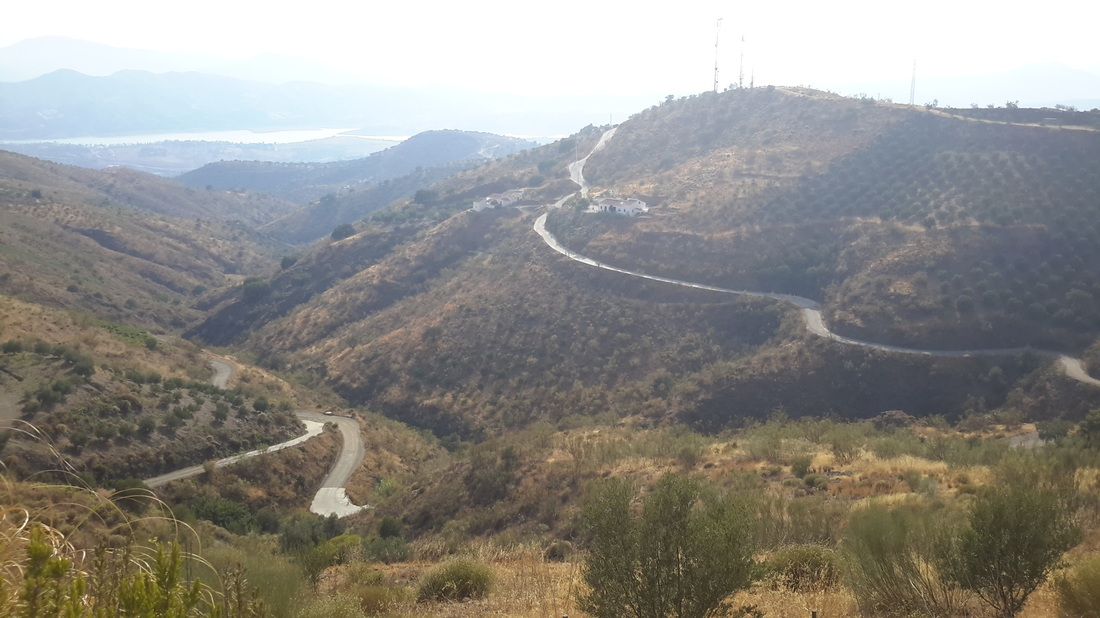Bong Sau or wrong sau?
8/3/2016
If wing chun can be said to have one unique movement, 'technique', it has to be the bong sau. Whilst other martial arts block strikes, wing chun's approach is not to clash or meet force with force. However, if you get into discussion about what the bong sau is, how it works or what it is for, it becomes apparent that there is no agreement in the wing chun community about what it actually is. From my own experience I know that the movement done by the Ip Chun/Ip Ching lineage is entirely different from the done by Wong Shun Leung students and again is different from Chu Shong Tin students. Even more frustrating is the fact that I have practiced with people from my own lineage who do it different depending on what era they trained! How can this be when the teaching all came from the hands of Ip Man a relatively short time ago? And to make matters even worse, there are many teachers out there who state that bong sau is just a technique for chi sau and has no application in a fight. If that is true, why even practice it?
Although I was taught by a student of Chu Shong Tin, the first time I saw the great man in action was about 11 years ago when I was given videos of his seminars. It was a revelation to hear his explanation of the circular nature of bong sau. This was so different from the triangle/wedge idea being sold by everyone else. He demonstrated the movement with the use of a hoop, in a manner which was effortless but frustratingly difficult to imitate well. Although it required less force than what most other people were doing, just copying his technique by no means led to an effortless movement. It took me a long time, which included many visits to Hong kong, to realise that the shape of the hand and the angle the movement are not the defining characteristic of a proper bong sau. In fact if you follow that method of learning you are on hopeless journey which will in the end justify your suspicion that as a technique the bong sau is unusable. I have been told the same story from several sources in Hong Kong about a famous UK wing chun 'master' who visited Chu Shong Tin before he died and pleaded with him to 'set him up' with a real bong sau. Although he got his wished and left happy, the truth is he left with nothing as his deeper understanding remained changed. After 14 years in wing chun my 'idea' about what a bong sau is and how it works is pretty settled. It comes from study, practice, teaching and basic trial & error. I can give you some tips, but without touching your hands I cannot transmit what the feeling should be or whether what you are doing it correct. This is not the only method to improve your bong sau, but for me it points in the direction of allowing the it to work with minimal effort: 1. You do not DO the bong sau. You allow it to happen. 2. The fundamental movement in wing chun is the punch. You use it to both strike and destabilise your opponent. The bong sau happens when there is sufficient sideways force put into your arm and on your structure that you cannot strike so you allow the rotation of the shoulder joint which consequently allows you to maintain your structure whilst destabilising your opponent. 3. Bong sau is not effective if you cannot first rest your mass on yourself and then on your opponent. Resting on you opponent means making them lift you at the point of contact. 4. If you align yourself crudely in a direct line, not only will your punch be less effective but your bong sau will never work. To truly rest on your opponent will mean they are forced to align to your relationship with gravity. This requires a fundamentally different idea of how you move your body. 5. Although the bong sau might move in an arc, a circle or rotate like a ball, trying to consciously make this shape with your movement makes no sense. You will loose the directness which makes the movement effective and engage muscles in lifting. You are confusing cause and effect (and also chasing hands). 6. The most difficult part of the bong sau is the transition from the tan sau or punch into the bong. If you follow the feedback from just your forearm you will get it wrong, your arm will try to align to deal with the opponent but your body will not be is a state to deal with their power. It takes a lot of practice with an experienced teacher to get the correct awareness of when the transition is appropriate, otherwise the directness of the movement is lost and it will be a lifting block instead. 7.Relaxation is the key! It allows you to stop using your scapula as a brace; instead you can release your entire shoulder girdle, your back and your pelvis into the movements of your arms. The term 'Internal' literally means your whole body becomes engaged in all movement. To a beginner in wing chun none of this will mean anything. However I have met many people precisely because they started to question what they were taught by other teachers for the exact reason that the bong sau never worked for them and they could not understand why. Let me be clear, done as a 'technique' the bong sau is useless, chi sau become useless, because too often it is done as a game for the sake of the game. However if you get the condition right, get the release right, the bong sau movement is not only incredibly powerful but also very satisfying to witness (the effort comes from your partner). Many wing chun practicitioners will tell you that the art only works in straight lines, following the shortest distance to the target. I am currently staying in a house in Spain at the top of a very steep hill. I can tell you that if I tried to drive the shortest route down the hill it might only take two minutes, but I would not survive it. So instead I take the most efficient route,following the road but with a clear intention of where I am going. At each hairpin bend I do not preempt the corner, I stay in the moment and react at the right time. This is how the bong sau works, it happens only when needed or it is not just useless it is a danger to yourself. You still keep your intention on the target, the bong sau allows an efficient method of dealing with an obstacle before readjusting to your destination. I cannot convey in words, image or video what a good bong sau is. Done effective it is so transitional it can be almost invisible. Done poorly it is a recipe for a torn rotor cuff muscle. If you honestly want to experience a more internal approach to wing chun, my best recommendation would be to visit a teacher from the Chu Shong Tin lineage to feel the difference yourself.
2 Comments
8/3/2016 05:31:43 am
Nice article Dan on a very interesting wing chun subject.
Reply
Daniel Parr
8/5/2016 02:48:17 am
Thanks John. I find either teaching or writing a great way to clarify my own thoughts. It is also very interesting seeing where the blog travels to. At first it is viewed in England, Australia, New Zealand and for some reason it is being shared in Indonesia! It is strange as I am not sure how alien the concepts are to other branches of wing chun.
Reply
Your comment will be posted after it is approved.
Leave a Reply. |
AuthorKeeping you up to date with what is happening in class Archives
July 2024
Categories |


 RSS Feed
RSS Feed